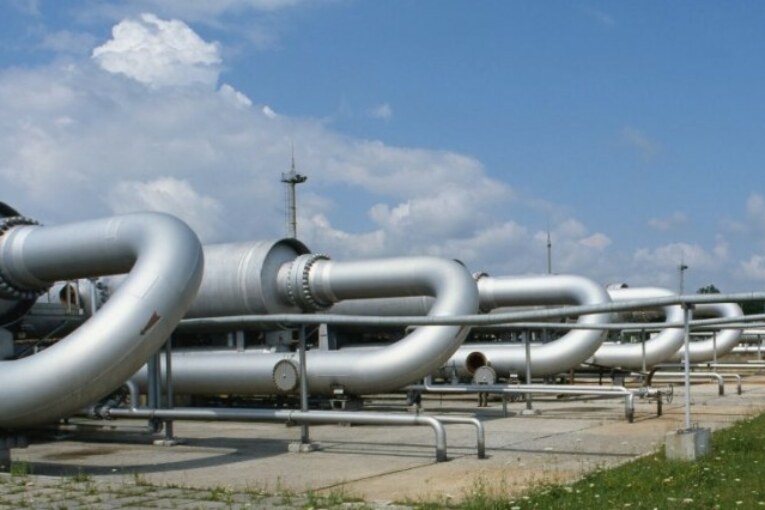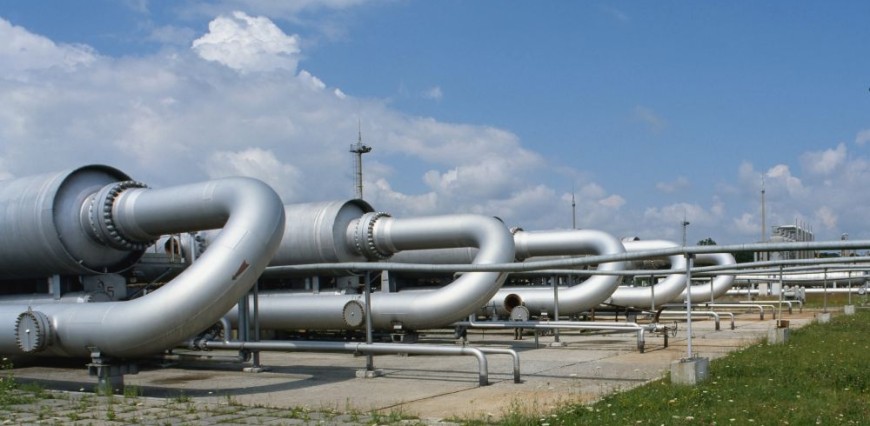

U.S. natural gas futures on Friday recovered from a six-month low hit in the previous session on forecasts for colder weather and consequently higher demand in the near-term, ending a remarkable year on a solid note.
The contract climbed to multi-year highs of about $6.5 per million British thermal units (mmBtu) earlier in 2021 on a surge in global gas prices.
However, the fourth quarter of 2021 is all but certain to be its worst since Q3 2008.
“Earlier in the year U.S. production was down and we had global demand really start to take off. Now we’re seeing a change in the complexion in the U.S. market because we’re on the path of being a major LNG exporter and that’s rewriting the way that prices move,” said Phil Flynn, senior analyst at Price Futures Group in Chicago.
“We’re getting more tied to the global market.”
On its second day as the front-month, gas futures were up 11.3 cents, or 3.2%, at $3.674 per mmBtu by 9:48 a.m. EST (1448 GMT). For the year, the contract has jumped a little over 40%, its biggest yearly percentage rise since 2016.
Volume was lighter than normal but temperatures have been colder, Flynn said.
Data provider Refinitiv estimated 462 heating degree days (HDDs) over the next two weeks in the Lower 48 U.S. states, higher than the 30-year normal of 441 HDDs for this time of year.
HDDs, used to estimate demand to heat homes and businesses, measure the number of degrees a day’s average temperature is below 65 Fahrenheit (18 Celsius).
Preliminary data from Refinitiv showed output in the U.S. Lower 48 has averaged 97.4 billion cubic feet per day (bcfd) so far in December, which would top November’s monthly record of 96.5 bcfd.
The amount of gas flowing to U.S. LNG export plants has averaged 12.2 bcfd so far in December, now that the sixth train at Cheniere Energy Inc’s Sabine Pass plant in Louisiana is producing LNG. That compares with 11.4 bcfd in November and is likely to beat the monthly record of 11.5 bcfd set in April.
You can read more of the news on source



